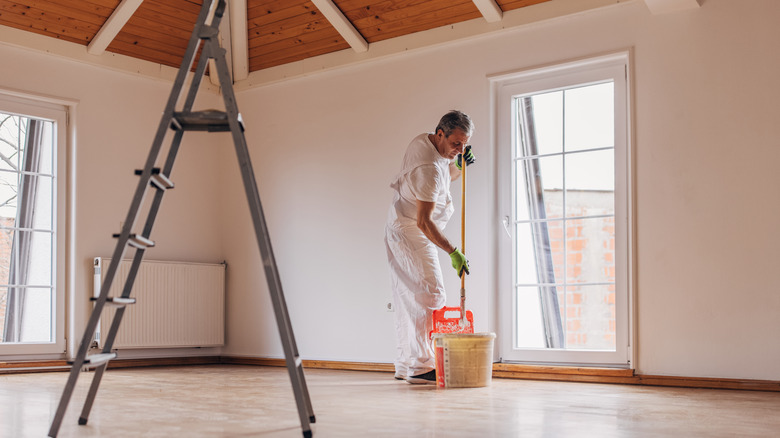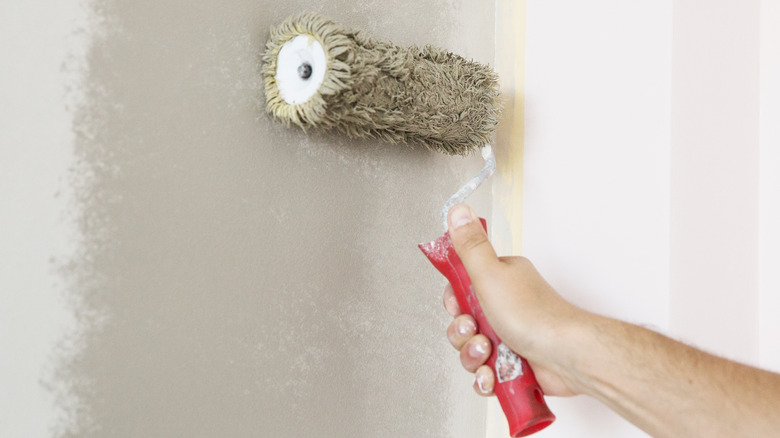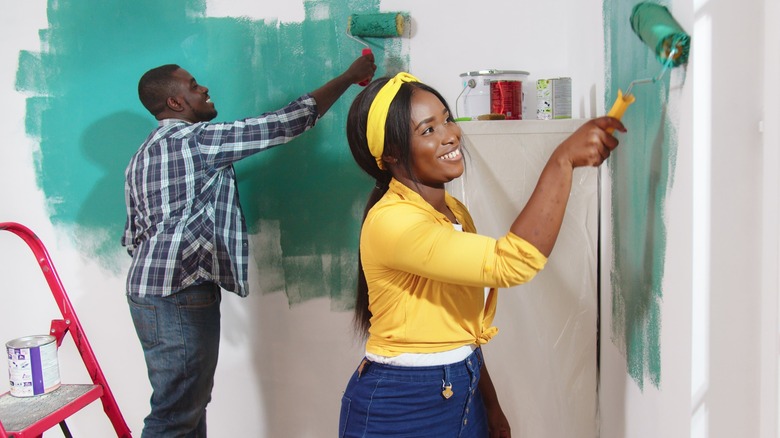Water Vs. Oil-Based Paint: Which Dries Faster?
Timing is critical once you've graced the last section of your accent wall with the first coat of a bold new paint color. However, depending on whether the paint you employ is oil-based or water-based, the time you spend waiting for it to dry can be drastically different. Unfortunately, mistiming the second coat is a recipe for disappointment and a waste of resources. For example, if you apply the second coat before the first has sufficiently dried, the result could feature a rough texture and be littered with ugly streaks. You can imagine the dissatisfaction from such an outcome if the reason you're repainting a room in the first place is to achieve a smooth, professional-quality finish.
So which paint do you choose since both types have unique advantages and disadvantages? Water-based paint should be your go-to option if you'd like to finish your home renovation project quickly since it dries much faster. However, speed isn't everything, so oil-based paint should be relied upon for various projects despite its somewhat longer drying time.
What makes water-based paint dry faster?
You guessed it right; water is a significant component in water-based paint. In this case, it's the primary solvent. Keep in mind that after you paint a surface, the solvent evaporates, leaving the product's solid remnants behind. If you leave the same amount of water and oil on your porch during a sunny afternoon, the water will evaporate more quickly, which explains why water-based paints dry faster.
Ultimately, the time it takes for paint to dry depends on various factors, such as humidity, temperature levels, the formula's thickness, and air circulation. As such, the time it will take for any paint to dry will depend on the application. Generally, if you're using a water-based product, you only have to wait between 4 and 6 hours to allow it to dry completely before applying a second coat. However, oil-based paints require more patience because they take 6 to 8 hours to dry. And if you want to add a second coat, it's recommended to wait 24 hours.
Which type of paint should you use?
Drying time isn't the only consideration when painting your home. Other factors that will help determine which paint you should choose are the surface type, how long you'd like the finish to last, and ease of cleaning. For example, oil-based paints are the best pick for metal surfaces because they stick better and offer additional protection. These paints are also suitable for furniture, trim, and molding, among other surfaces that receive frequent contact, because they offer greater resistance to wear and tear.
If you desire a higher-sheen finish, oil-based paints will get the job done, but yellow faster than water-based paints. Water-based paint is ideal for covered exterior surfaces exposed to intense UV light, as it offers superior UV resistance and better accommodates extreme temperatures. However, you'll want to avoid applying it on frequently wet surfaces because it'll peel easily. All in all, your decision on the type of paint to use ultimately depends on the unique requirements of your project.


